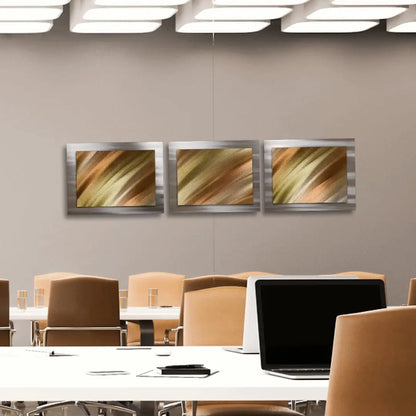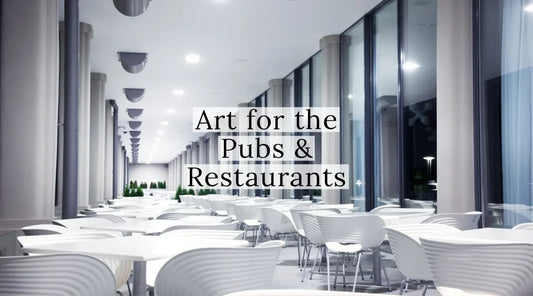Modern art stands as an influential force in the realm of creativity and expression. Born out of the late 19th and early 20th centuries, this revolutionary movement sought to break free from the constraints of traditional art forms. Emphasizing innovative techniques, bold concepts, and a departure from realism, modern art encompasses an array of styles and philosophies that continue to shape the artistic landscape today.
At its core, modern art is about challenging the status quo and pushing boundaries. It embraces experimentation and encourages artists to explore new mediums and perspectives. This era witnessed the rise of abstract expressionism, surrealism, cubism, and many other avant-garde movements that redefined what art could be. Each piece created during this period tells a story of rebellion, introspection, and a deep desire for change.
As you delve deeper into the world of modern art, you'll find that it is not just about the visual appeal but also about evoking emotions and provoking thoughts. Artists like Pablo Picasso, Jackson Pollock, and Salvador Dalí became iconic figures, each contributing unique visions and techniques that left an indelible mark on the art world.
Modern art's influence reaches far beyond galleries and museums, permeating contemporary design, architecture, and even everyday objects. Its emphasis on minimalism, abstraction, and unconventional forms has inspired countless creators to think outside the box and elevate their craft.
Explore handcrafted modern art by metal artist Christopher Henderson by visiting Modern Elements Art and discover how modern design can transform your space.
Historical Evolution of Modern Art
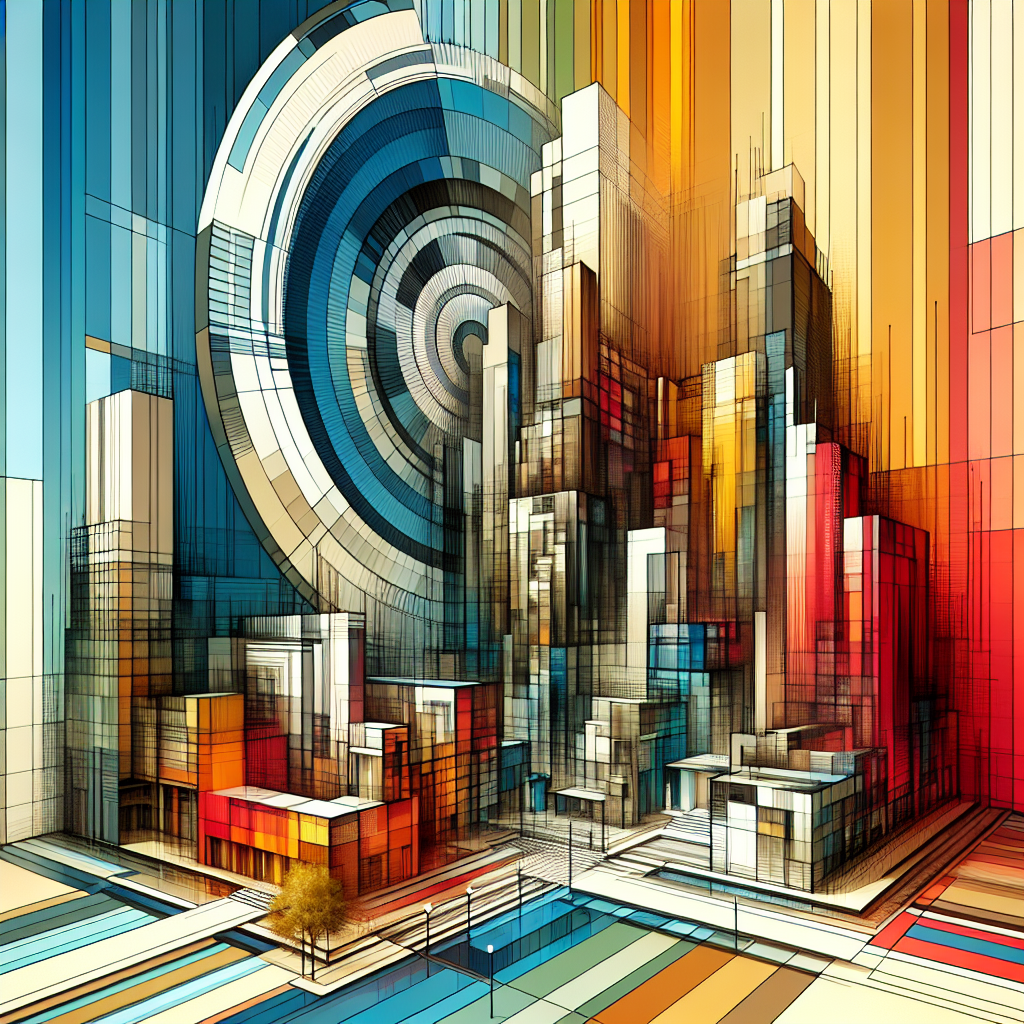
The historical evolution of modern art is a fascinating journey through time, marked by significant changes in artistic techniques, themes, and philosophies. The roots of modern art can be traced back to the late 19th century, during a period of rapid industrialization and social change. This era witnessed a departure from traditional art forms, as artists began to seek new ways to represent the world around them.
One of the pivotal moments in the evolution of modern art was the advent of Impressionism in the 1870s. Artists like Claude Monet and Edgar Degas broke away from the detailed realism of their predecessors, focusing instead on capturing the fleeting effects of light and color. This movement laid the groundwork for future experimentation and set the stage for subsequent art movements.
Following Impressionism, the early 20th century saw the emergence of several groundbreaking styles, including Fauvism, Cubism, and Expressionism. Fauvist artists like Henri Matisse used bold, vibrant colors to convey emotion, while Cubists like Pablo Picasso and Georges Braque deconstructed objects into geometric shapes, offering multiple perspectives within a single canvas. Expressionists, such as Edvard Munch, conveyed raw, emotional intensity through distorted forms and striking colors.
The interwar period brought about further innovation with the rise of Surrealism and Abstract Expressionism. Surrealists like Salvador Dalí and René Magritte delved into the subconscious, creating dreamlike, fantastical scenes that challenged conventional reality. Meanwhile, Abstract Expressionists like Jackson Pollock and Mark Rothko focused on the act of painting itself, using spontaneous techniques to express profound emotional and psychological states.
Throughout its evolution, modern art has continually pushed the boundaries of what art can be, embracing new ideas and techniques that reflect the changing world. This dynamic history not only showcases the diverse range of styles and approaches within modern art but also highlights its enduring impact on contemporary culture and design.
Key Styles in Modern Art
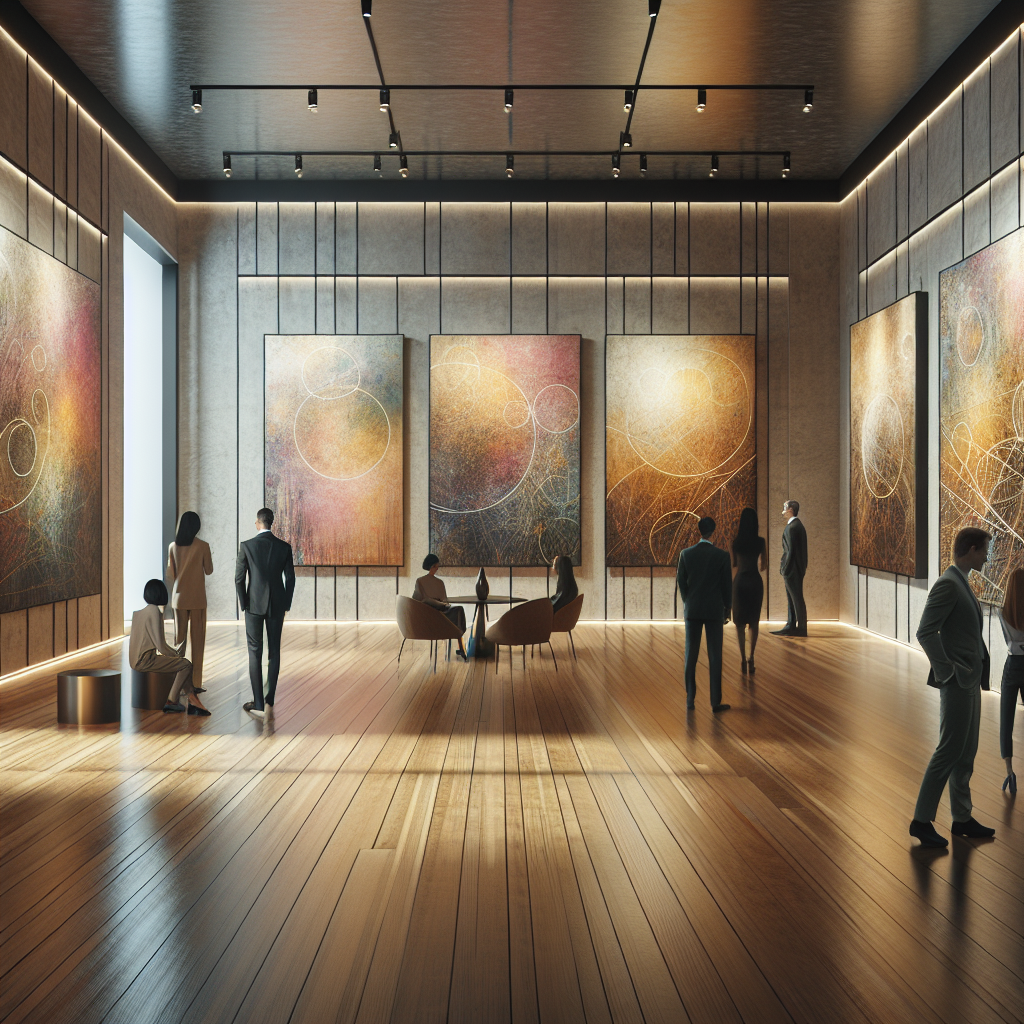
Modern art encompasses a rich tapestry of styles, each contributing uniquely to the overarching narrative of creativity and expression. These key styles have not only shaped the course of art history but also continue to influence contemporary aesthetics and design.
Impressionism marked one of the first significant departures from traditional art, characterized by its emphasis on light, color, and everyday scenes. Artists like Claude Monet and Pierre-Auguste Renoir focused on capturing the ephemeral beauty of moments, often painting en plein air to better observe natural light and movement.
Fauvism followed, led by Henri Matisse, who utilized bold, non-naturalistic colors to convey emotional depth. This style, though short-lived, had a profound impact on the use of color in modern art, encouraging artists to explore more expressive palettes.
Cubism, pioneered by Pablo Picasso and Georges Braque, revolutionized the depiction of space and form. By breaking objects down into geometric shapes and presenting multiple viewpoints simultaneously, Cubism challenged conventional perspectives and laid the groundwork for abstract art.
Expressionism emerged as a response to the anxieties of the early 20th century, with artists like Edvard Munch and Ernst Ludwig Kirchner expressing raw emotion through exaggerated forms and vivid colors. This style emphasized the artist's inner experience over realistic representation.
Surrealism, led by figures such as Salvador Dalí and René Magritte, delved into the unconscious mind, creating dreamlike and often bizarre imagery. This movement sought to unlock the creative potential of the subconscious, resulting in works that challenge reality and provoke thought.
Abstract Expressionism arose in post-World War II America, with artists like Jackson Pollock and Mark Rothko emphasizing spontaneous, automatic, or subconscious creation. This style is characterized by its focus on the act of painting itself, with large-scale works that convey a sense of immediacy and emotional intensity.
Each of these styles has contributed to the rich and diverse landscape of modern art, pushing the boundaries of what art can be. They continue to inspire and influence contemporary artists, designers, and art enthusiasts, demonstrating the enduring power of innovation and creativity.
Influential Modern Art Artists

The evolution of modern art is punctuated by the contributions of several groundbreaking artists whose innovative approaches and visionary works have left an indelible mark on the art world. These influential figures have not only defined their respective styles but have also inspired countless others through their creative journeys.
Pablo Picasso is arguably one of the most influential artists of the 20th century. Co-founding the Cubist movement, Picasso's ability to deconstruct and reassemble forms in a way that defied traditional perspectives revolutionized the way we perceive art. His works, such as Les Demoiselles d'Avignon and Guernica, remain iconic milestones in art history.
Vincent van Gogh, though posthumously celebrated, has become synonymous with expression through art. His distinctive brushwork and emotive use of color, as seen in masterpieces like The Starry Night and Sunflowers, have made van Gogh a pivotal figure in both the Post-Impressionist movement and modern art as a whole.
Henri Matisse was a leader of Fauvism, known for his bold use of color and fluid draughtsmanship. Works like The Dance and Woman with a Hat illustrate his commitment to exploring the emotional potential of color, influencing generations of artists to come.
Jackson Pollock epitomized Abstract Expressionism with his revolutionary technique of drip painting. By abandoning traditional tools and methods, Pollock's works, such as Number 1A, 1948, highlight the importance of the creative process itself, making him a central figure in modern art.
Frida Kahlo, with her deeply personal and symbolic self-portraits, brought attention to issues of identity, post-colonialism, and the female experience. Her works, including The Two Fridas and Self-Portrait with Thorn Necklace and Hummingbird, continue to resonate with audiences worldwide.
Salvador Dalí was a master of Surrealism, known for his dreamlike and often bizarre imagery. His painting The Persistence of Memory remains one of the most recognizable and thought-provoking works in modern art, exploring themes of time, reality, and the subconscious.
These artists, among many others, have shaped the trajectory of modern art, each bringing their unique perspective and technique to the canvas. Their lasting legacies continue to inspire new generations of artists and art lovers, affirming the transformative power of creative expression.
Impact of Modern Art on Contemporary Design
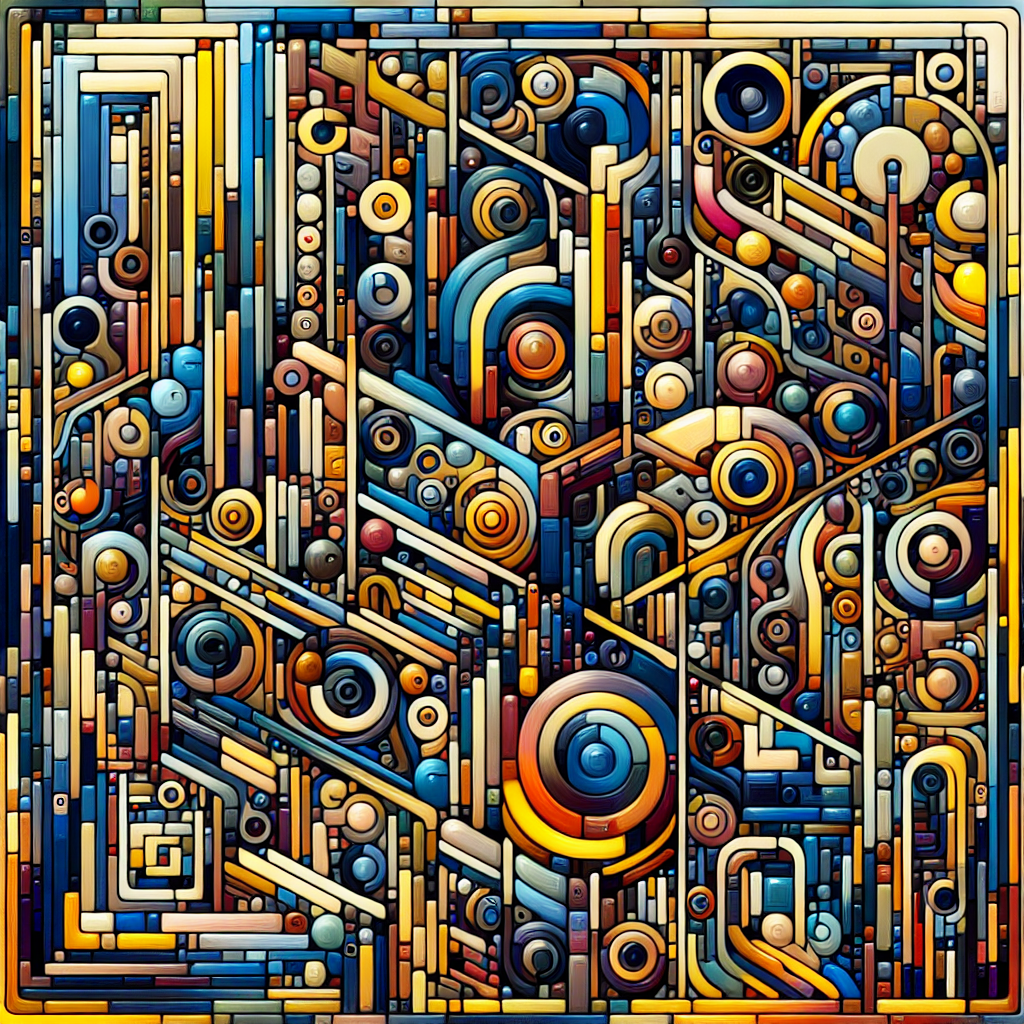
The influence of modern art extends far beyond galleries and museums, significantly shaping the landscape of contemporary design. From interior decor to fashion, modern art has permeated various facets of daily life, fostering a deeper appreciation for creativity and innovation.
A key aspect of modern art's impact on contemporary design is its emphasis on *simplicity* and *minimalism*. The modernist mantra of 'less is more' has inspired designers to focus on clean lines, functional forms, and uncluttered spaces. This approach is evident in contemporary architecture, where open floor plans and the use of natural light reflect modernist principles.
In the realm of *interior design*, modern art has encouraged the integration of bold colors and abstract patterns. Influences from artists like Piet Mondrian, with his geometric compositions, can be seen in the use of color-blocking techniques in furniture and decor. Abstract expressionism, characterized by the works of artists such as Jackson Pollock, has inspired designers to incorporate dynamic and spontaneous elements into their creations, adding a sense of movement and energy to spaces.
*Fashion* has also been profoundly impacted by modern art. Designers frequently draw inspiration from the avant-garde styles of modern artists, resulting in clothing that pushes the boundaries of traditional aesthetics. The surrealist works of Salvador Dalí, for instance, have influenced fashion with their dreamlike and unconventional motifs, leading to the creation of garments that challenge the norm and evoke a sense of wonder.
Moreover, modern art's focus on *individual expression* has empowered designers to embrace their unique visions. This shift towards personalization and bespoke design allows for the creation of spaces and objects that resonate personally with individuals, reflecting their tastes and identities.
In the *digital age*, the principles of modern art continue to resonate, influencing user interface and experience design. The preference for intuitive, user-friendly designs with clear navigation and aesthetically pleasing layouts can be traced back to modernist ideals.
Overall, the impact of modern art on contemporary design is profound and far-reaching. By challenging conventions and celebrating innovation, modern art has paved the way for a design ethos that values creativity, simplicity, and personal expression, enriching our environments and experiences.
Future Trends in Modern Art

As we look towards the future, modern art continues to evolve, embracing new technologies and cultural shifts that promise to redefine the boundaries of creativity and expression. One of the most exciting trends in modern art is the integration of *digital technologies*. Artists are increasingly utilizing tools such as virtual reality (VR) and augmented reality (AR) to create immersive experiences that transcend traditional mediums. These technologies allow for interactive and multi-sensory artworks that engage audiences in unprecedented ways.
*Artificial intelligence (AI)* is also making significant inroads into the art world. AI-generated art, which uses algorithms and machine learning to produce unique pieces, challenges our notions of authorship and creativity. This fusion of technology and art opens up new possibilities for collaboration between human artists and machines, leading to innovative and unexpected outcomes.
Another trend shaping the future of modern art is the growing emphasis on *sustainability*. In response to the global environmental crisis, artists are increasingly focusing on eco-friendly practices and materials. This shift is reflected in the use of recycled and sustainable materials, as well as themes that highlight environmental issues. By addressing these critical concerns, modern art is not only pushing creative boundaries but also advocating for a more sustainable future.
The *globalization* of the art world is another significant trend. As artists from diverse cultural backgrounds gain prominence, there is a rich exchange of ideas and styles that enriches the modern art landscape. This cross-pollination of cultural influences results in art that is more inclusive and reflective of our interconnected world.
*Social and political activism* continues to play a vital role in modern art. Artists are using their work to address pressing social issues, from racial inequality to gender rights. This trend underscores the power of art as a tool for advocacy and change, encouraging viewers to engage with and reflect on important societal challenges.
Finally, the rise of *digital platforms* and *social media* has democratized access to art, allowing artists to reach global audiences and build communities around their work. This shift is fostering a more inclusive and participatory art world, where emerging artists can gain visibility and recognition outside traditional gallery spaces.
As modern art continues to evolve, it remains a dynamic and ever-changing field that reflects the complexities of contemporary life. These future trends promise to push the boundaries of what art can be, offering exciting new avenues for creativity and expression. Explore handcrafted modern art by metal artist Christopher Henderson and discover pieces that capture the essence of these emerging trends.

